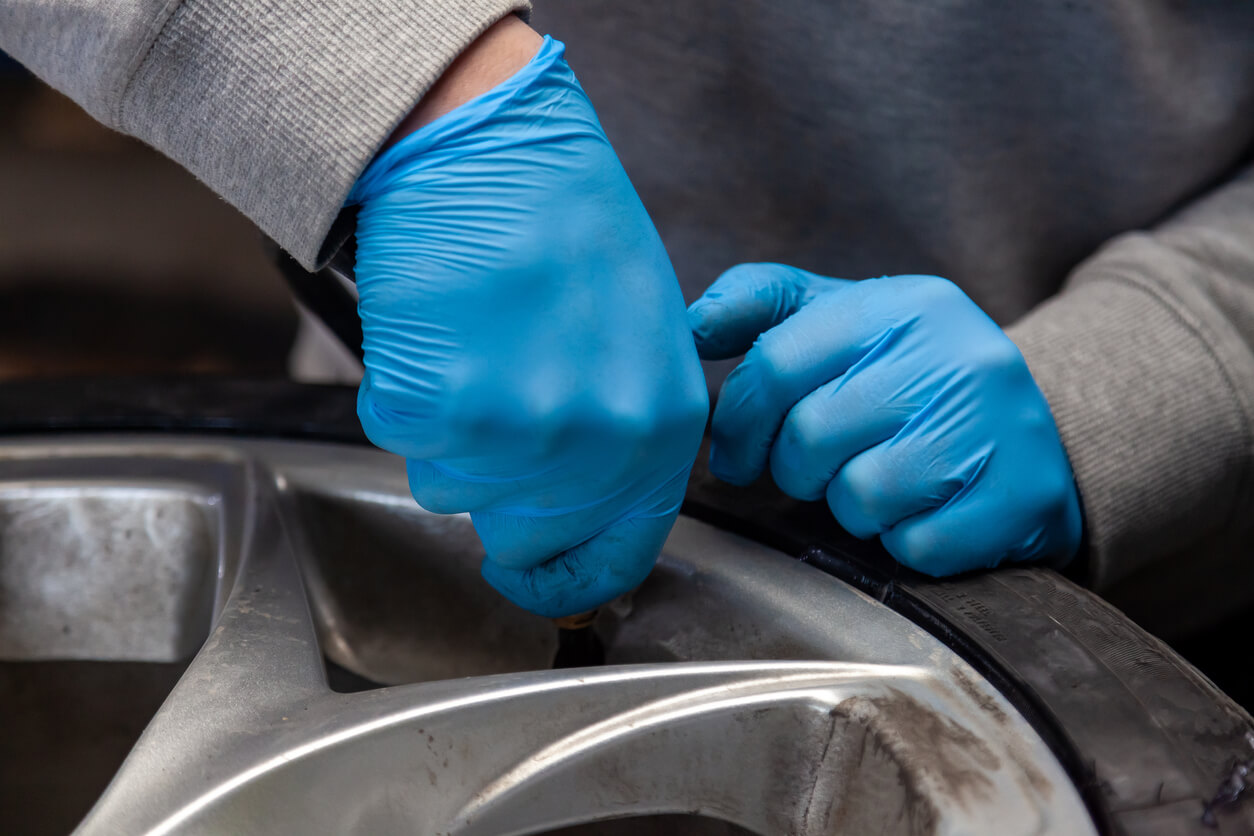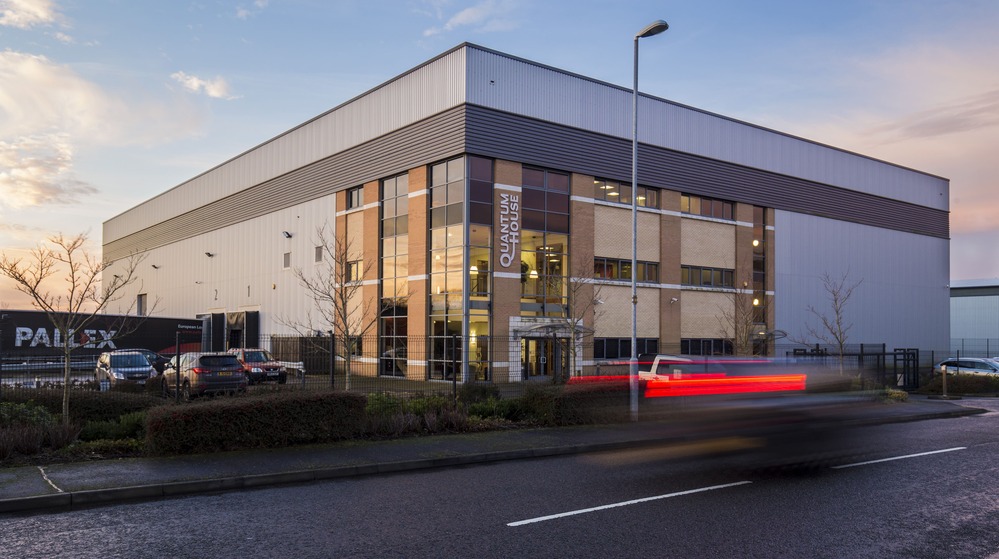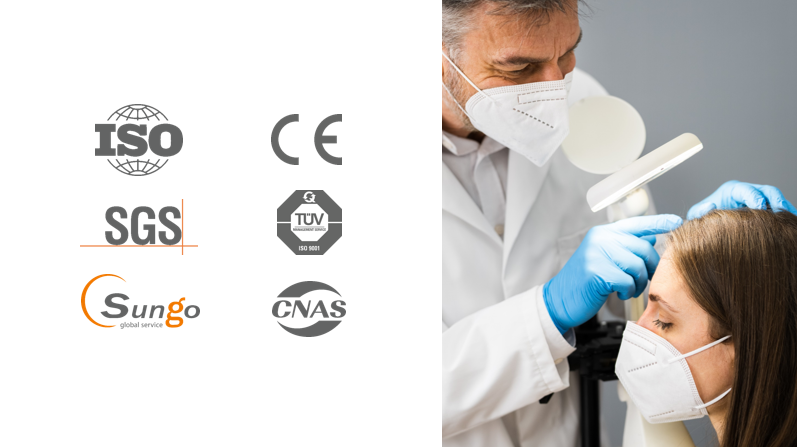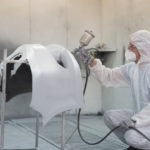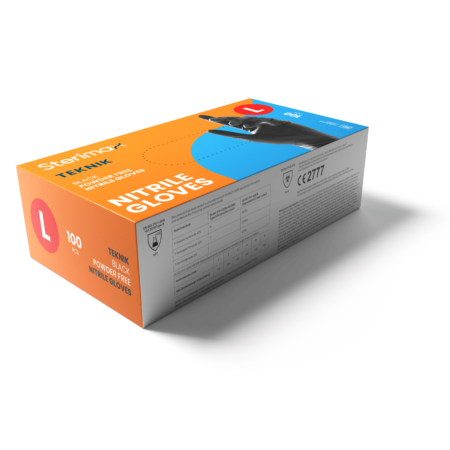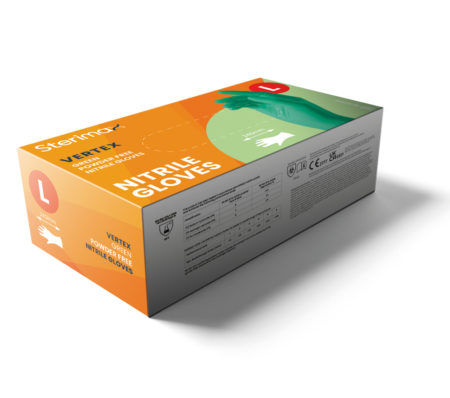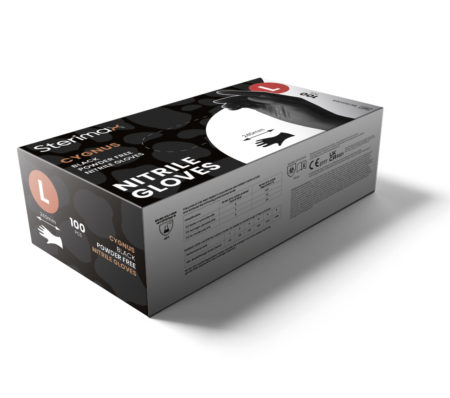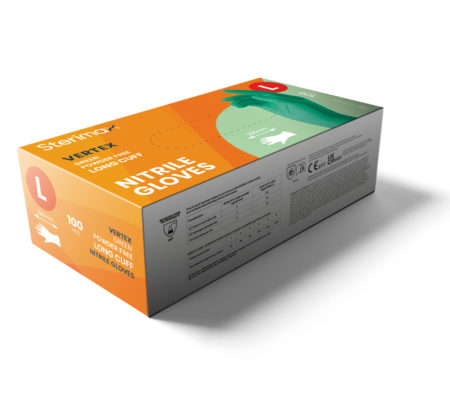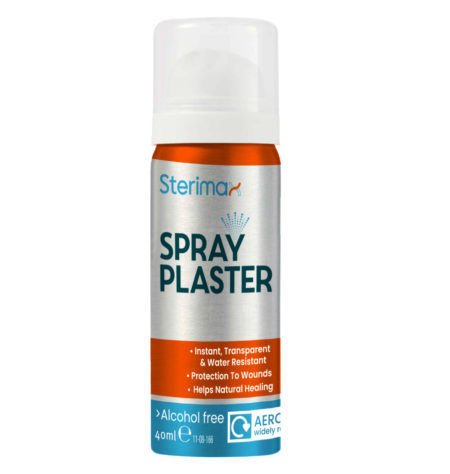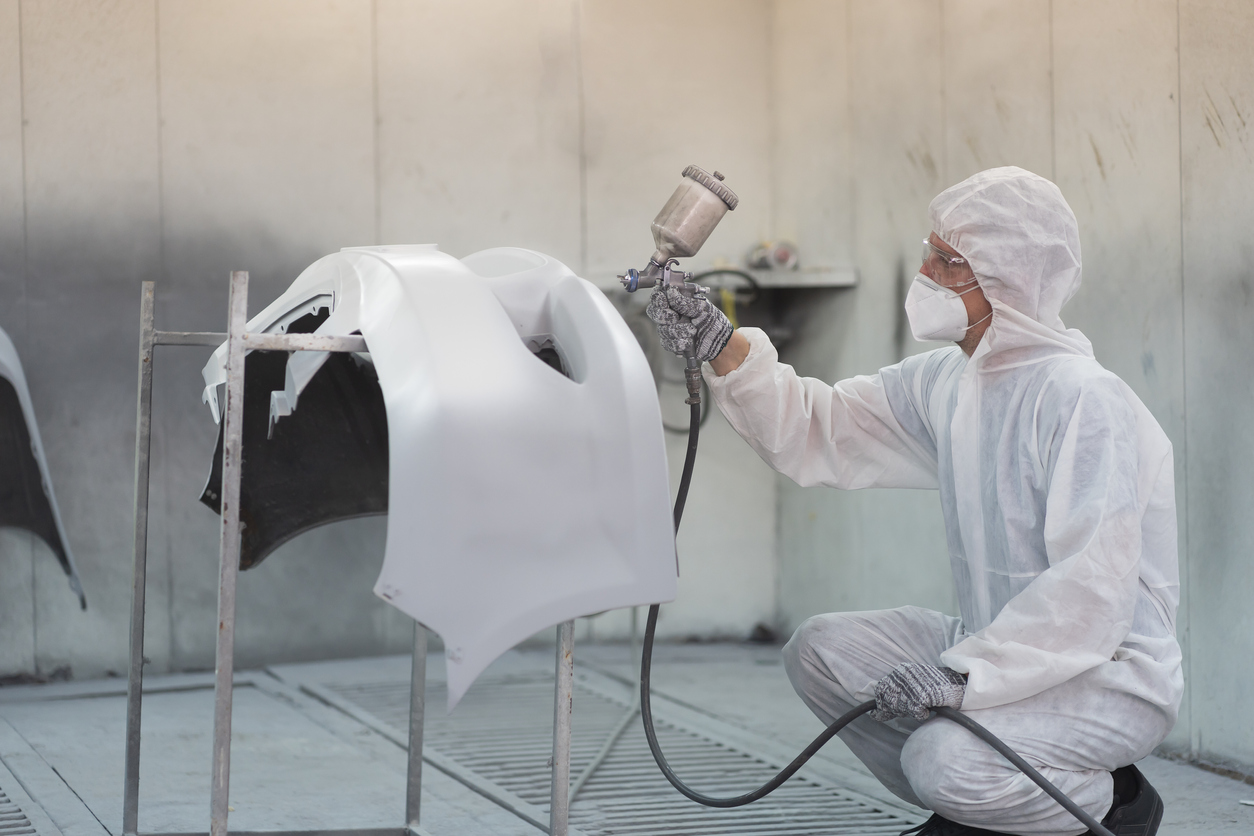Harmful airborne particles and liquids in many industrial and construction environments make disposable PPE an absolute necessity, and Type 5 and Type 6 coveralls are the most common coveralls for workers.
Coveralls defend against airborne debris, dust, fibres, and splashing liquids, all of which pose dangers to workers over time through skin contact, inhalation, and ingestion.
Type 5 and Type 6 coveralls offer two different protection levels – or you can cover both bases with Type 5 and 6 coveralls like the Sterimax JN2020. We provide more details below.
Introducing Type 5 Coveralls
Type 5 coveralls provide comprehensive protection against hazardous airborne solid particles. They comply with EN ISO 13982-1 standards for defence against airborne fibres, dust, and dry particles that could irritate skin or be inhaled.
Type 5 coveralls feature a multi-layer SMS fabric, often with a melt-blown inner filtration layer ideal for blocking tiny particulate matter.
Workers dealing with insulation, wood dust, cement, fertilisers, coal, flour, and other dusty materials should wear Type 5 coveralls to shield themselves. The breathable, lightweight fabric promotes productivity and comfort without limiting movement.
Introducing Type 6 Coveralls
Whereas Type 5 guards against dry particulates, Type 6 coveralls defend against liquid splashes and sprays. Meeting EN 13034 safety standards, Type 6 coveralls feature a protective film laminate layer to provide a liquid barrier while remaining breathable.
Under EN 13034, the fabric is tested with sulphuric acid dissolved in water with a concentration of 30%, sodium hydroxide with a concentration of 10%, and 100% undiluted o-xylene.
These coveralls are suitable for workers dealing with paint, oils, detergents, diluted acids/alkalis, and other potential wet hazards with a limited risk of soaking through the fabric. The liquid-repellent and anti-static materials in Type 6 coveralls promote quick drying and prevent static build-up around flammable substances.
Key Differences
Type 6 coveralls allow more ventilation and breathability when wet, making them more suitable for extended wear. However, Type 5 coveralls provide greater particulate filtering with more fabric layers. Type 5 coveralls also tend to use sturdier, thicker material that is less prone to tears.
Choosing between the two depends primarily on the nature of the hazard. For wet environments with liquid splash risks, Type 6 excels. In highly dusty industrial settings around particulates, Type 5 is preferable. Using disposable coveralls avoids contamination risk from reusing gear. Types 5 and 6 provide ample safety and comfort for single-use disposable workwear.
For example, people fitting fibreglass loft insulation or working in a wood shop should use a Type 5 coverall to protect against fine particles. In contrast, painters and people working in food processing plants are best off with Type 6 coveralls.
Summing Up
Type 5 shields against dry hazards, while Type 6 fends off lower-risk wet dangers – both have a place at work but have very different protective qualities.
With the right disposable coveralls, workers can operate safely, comfortably, and productively without worrying about hazardous particles penetrating the fabric or liquids seeping through. Covering all the bases on safety depends on covering yourself in the appropriate protection, and that doesn’t end at coveralls – disposable gloves, face masks, and respirators are also crucial in many roles.
